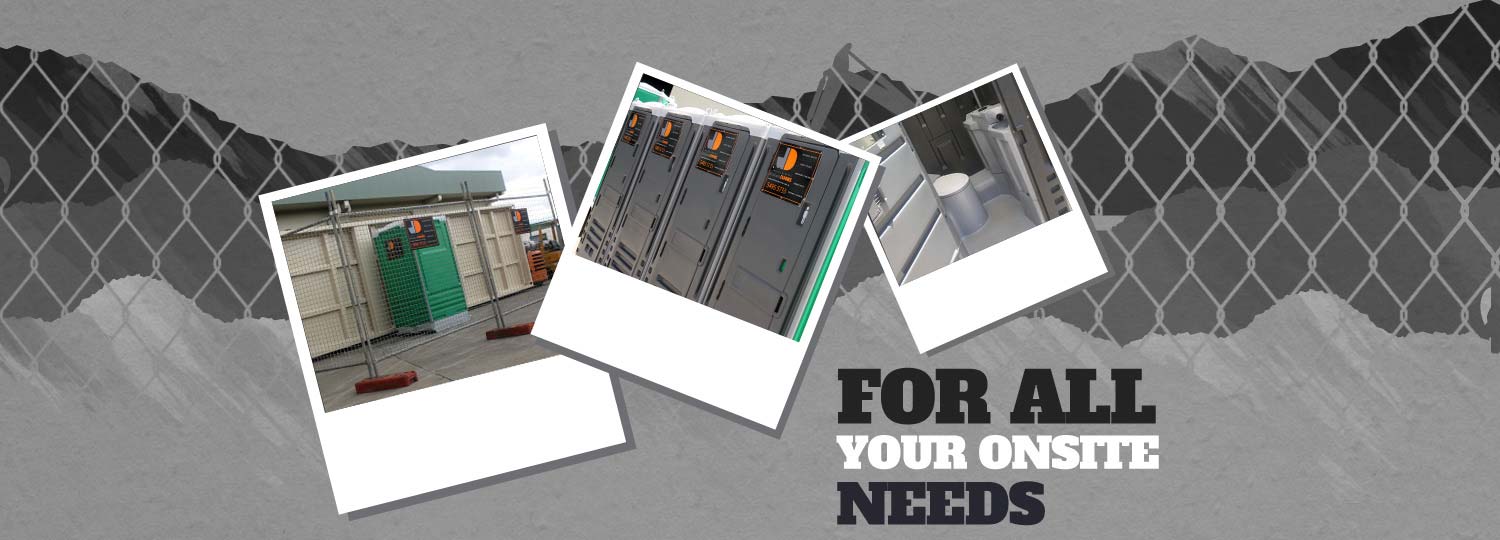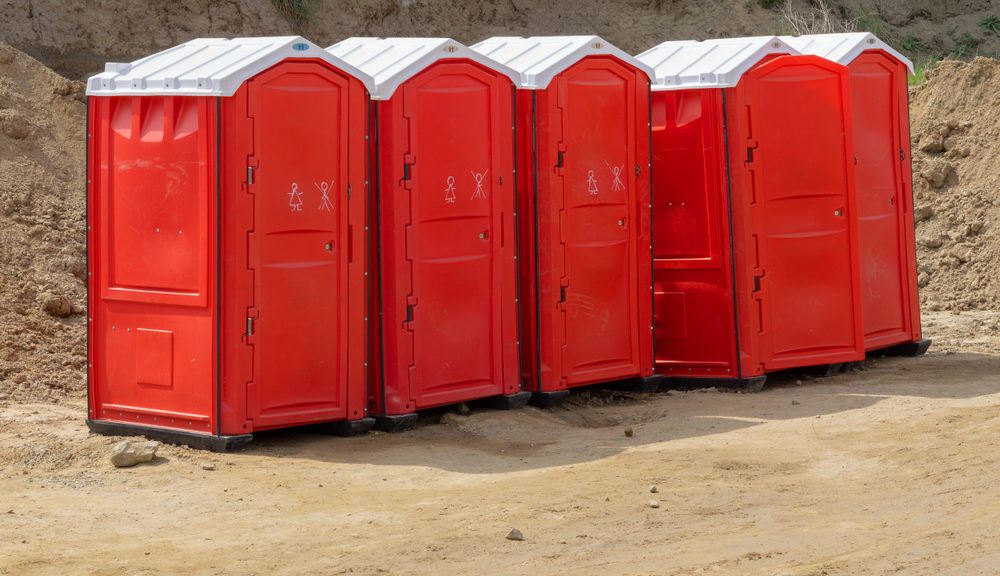Portable toilets: they’re everywhere. But we rarely notice them. Part of the reason that portable toilets blend in so well is their lack of odour. Despite their purpose, portable toilets rarely smell. So why is that, and how can they prevent odours so well?
Portable toilet systems have long been designed to minimize odours, and reduce unpleasant smells. To do so, they have used a variety of chemicals over the many years that they’ve been around. So let’s take a look at the evolution of chemicals in portable toilet systems, right up to the present day.
Modern portable toilets systems are designed to be completely sanitary – this is how chemicals help
You probably see portable toilets systems most commonly at places like work sites or festivals. And those places are held to certain standards of hygiene. Of course, portable toilets are designed to comply with those standards. Basically, they have to be completely sanitary – not unlike a regular, plumbed toilet. That’s where chemicals come into play.
Chemicals obviously suppress the smells that often accompany toilets. But they do more than that. They also react with the waste in the toilet’s holding tank. The reaction that takes place serves to neutralise otherwise harmful bacteria. Given that bacteria are often the source of unpleasant odours, that reaction has a twofold effect: it improves hygiene, and reduces smell.
Early portable toilet systems used chemicals like formaldehyde – here’s why that changed
Early portable toilet systems were conceived to service places like shipyards. Needless to say, they were pretty rough and ready. Even so, they still had their own ways of reducing odours. Those systems generally used formaldehyde to suppress odours. After all, few chemicals are better than formaldehyde when it comes to odour suppression! However, formaldehyde is a very harsh chemical.
It irritates the eyes, nose, throat, and skin. Even a minute quantity is enough to leave a portable toilet user with a fair bit of discomfort. Needless to say, portable toilet designers were quickly looking for more user-friendly alternatives.
So what is the most common chemical in a modern portable toilet system?
Ammonium compounds replaced formaldehyde compounds, for numerous reasons. However, the primary reason is simple: these compounds are less harmful than formaldehyde. But that doesn’t mean ammonium compounds are the only variety used. Another common form of portable toilet chemical is an enzyme hybrid. Enzyme hybrids promote the reaction between waste and chemical. In that reaction, the same bacteria neutralisation process is encouraged.
You may have noticed that portable toilet systems have a blue chemical in them – here’s why
Before we go any further, let’s look at the most common question we get surrounding portable toilets: what is the blue chemical? The blue chemical that you might see in portable toilets is a deodorant. Through one of the reactions we mentioned earlier, the deodorant neutralises smells and makes portable toilets more pleasant. The blue colouring is significant, too.
When the chemical is blue, it hasn’t completely reacted. As it mixes with waste in the holding tank, it will slowly turn green. Once the chemical has turned green, it has completely reacted. Once reacted in that way, the chemical will no longer be effective and needs to be replaced.
Modern portable toilet systems are safe and hygienic – that’s thanks to chemical technology
These days, going to a portable toilet is no different from visiting a plumbed toilet. It’s a hygienic and odour free experience. In no small part, we have chemical technology to thank for that. Sure, the design of a portable toilet system has advanced a lot over the years. But without those chemicals working their magic in the holding tank, visiting a portable toilet would be a much different experience!




